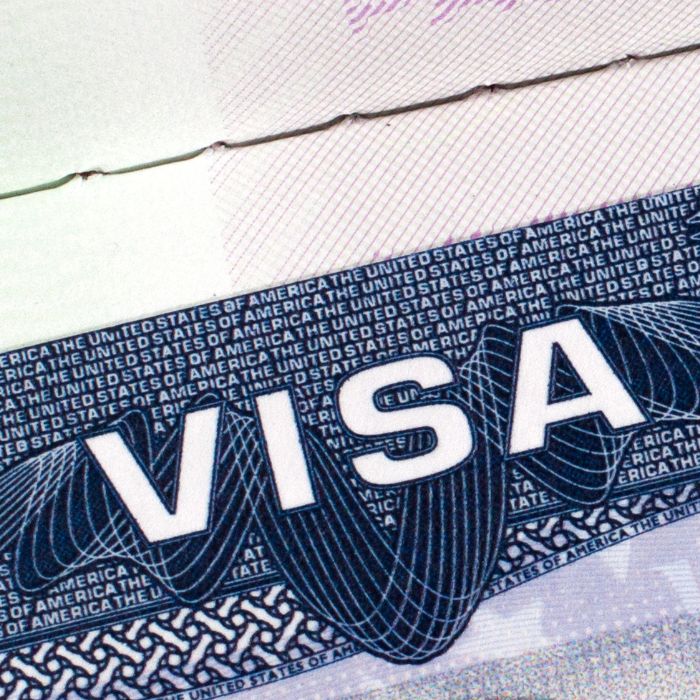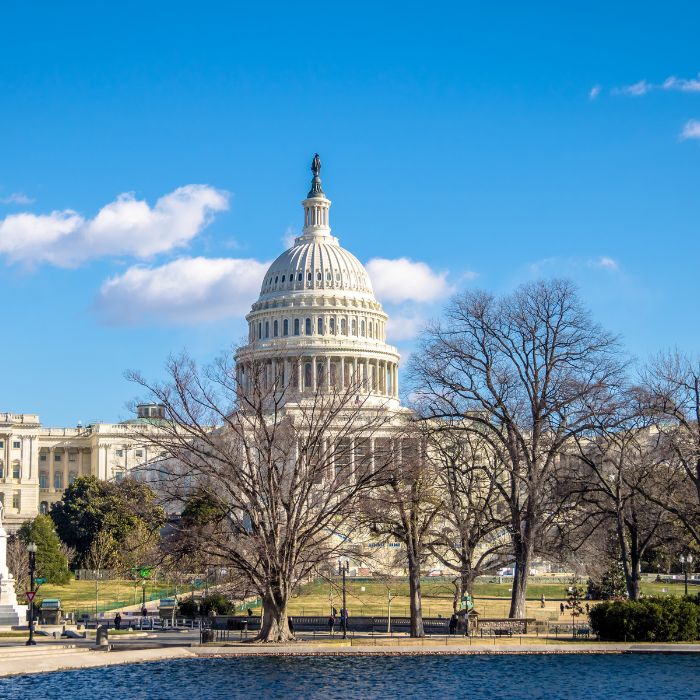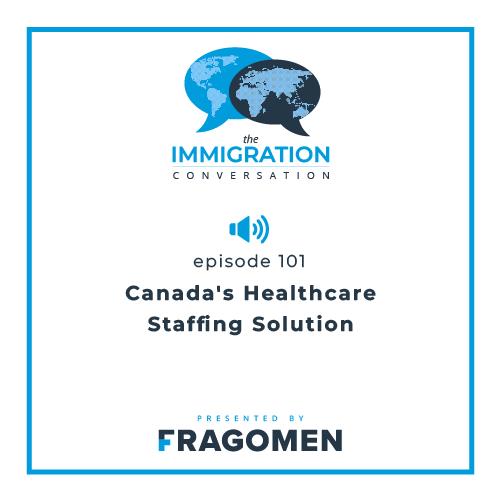Amid Sustained High RFE and Denial Rates, USCIS Ombudsman Exposes Flaws in Adjudication Procedures
July 17, 2014
The 2014 Annual Report from the USCIS Ombudsman affirmed the experiences of the business immigration community: high rates of Requests for Further Evidence (RFEs) and denials of high-skilled immigration petitions have worsened in recent years. Petitioners face uncertainty and disruptions from lengthy and redundant RFEs and from discrepancies in case decisions.
USCIS Adjudication Statistics Reveal Considerable Inefficiencies
The independent review confirmed that sustained close scrutiny by USCIS frustrates business immigration needs. In fiscal year (FY) 2014, RFE rates surged to nearly 50% for L-1Bs, nearly 43% for L-1As, and approximately 30% for H-1Bs. L-1B denial rates continued to soar and reached over 40% in FY 2014.
The Ombudsman also indicated that high RFE rates combined with high rates of ultimate petition approval underscore the inefficiency of the adjudication process, especially since in many cases, the petitioner has already submitted probative and credible evidence with the initial filing.
In FY 2013, nearly 50% of L-1B petitions received RFEs but 67% of petitions were ultimately approved; nearly 40% of L-1A petitions received RFEs but 83% were approved; and over 20% of H-1B petitions received RFEs but over 94% were approved. According to the Ombudsman, refresher training and quality assurance protocols would help USCIS adjudicators adhere to current guidance and policy when reviewing petitions.
Approval rates from the Administrative Appeals Office (AAO) continued to drop in recent years: 1% for H-1Bs, 7% for L-1Bs, and 4% for EB-1 immigrant petitions in FY 2013. Although the data reported by USCIS does not include rejections, withdrawals, and remands, the miniscule likelihood of a successful appeal pinpoints the challenges faced by the business immigration community.
Burdensome RFEs Squander Resources for Both USCIS Adjudicators and Petitioners
Onerous RFEs often request documents previously submitted or even confidential or proprietary company documents, according to the report. In addition to disrupting petitioners’ business operations, the RFEs also drain USCIS resources, by requiring adjudicators to review petitions more than once, interrupting USCIS’s normal processing flows, and imposing additional administrative costs for file storage, retrieval, and matching.
But “despite the enormous costs for the agency in preparing RFEs and reviewing responses in tens of thousands of cases,” USCIS declined to adopt the Ombudsman’s proposal to conduct supervisory review of all RFEs for quality control, citing resource-concerns. With the majority of petitions ultimately approved, however, the RFEs are impractical and compound the burden on petitioners.
Ombudsman Recommends Issuance of USCIS Policy Guidance
The Ombudsman’s recommendations to USCIS focus on standardizing petition adjudications and resolving case processing delays: issuing guidance on the definition of L-1B “specialized knowledge,” which USCIS has drafted but not yet released; publishing precedent AAO decisions; publishing an AAO policy manual; more clearly articulating evidentiary requirements; implementing supervisory review of all RFEs for quality control; requiring refresher training on how to apply the “more likely than not” standard of review; and evaluating alternate ways to calculate USCIS processing times.
What This Means for Employers
The USCIS Ombudsman’s report confirms what petitioners already know: operational inefficiencies negatively impact businesses and the American economy, and clear policy guidelines would improve both petition filings by employers and petition processing by USCIS.
This alert is for informational purposes only. If you have any questions, please do not hesitate to contact your designated Fragomen professional.














